Toyota unveiled the Tacoma H2-Overlander Concept at SEMA in Las Vegas, confirming its continued pursuit of hydrogen fuel cell technology. The off-road pickup uses the FCEV powertrain from the Mirai sedan, providing a total output of 547 hp, along with three 6 kg hydrogen tanks, a 24.9 kWh lithium-ion battery, a front limited-slip differential and an electronically locking rear differential. The vehicle also has a wastewater recovery system for use at the campsite and a 15 kW power supply.
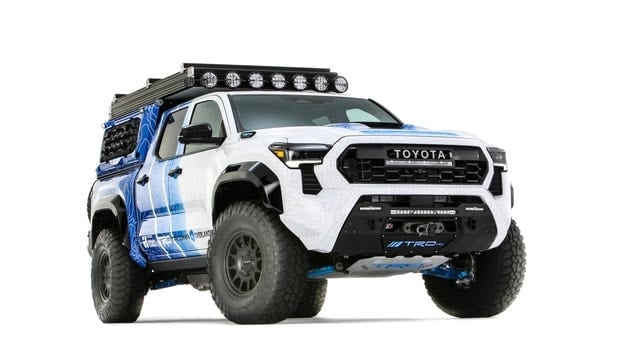
FCEV Mirai on TNGA-F platform
The Tacoma H2-Overlander was engineered and built by Toyota Racing Development (TRD)—a group that also works on NASCAR V-8 engines. The Tacoma’s TNGA-F platform is paired with the Mirai’s second-generation FCEV powertrain. The fuel cell stack comes directly from the Mirai, paired with three 14-pound hydrogen tanks housed in the chassis, and a 24.9 kWh lithium-ion battery. The motor system consists of a 301-hp front motor and a 252-hp rear motor; a total of 547 hp is sent through a front limited-slip differential and an electronically locking rear differential.
The cooling system is customized for both the hydrogen and electric parts, incorporating components from the Tacoma TRD Pro and Lexus RZ. This arrangement emphasizes the feasibility of packaging an FCEV system on a mid-size pickup truck chassis, while also supporting off-road operation.
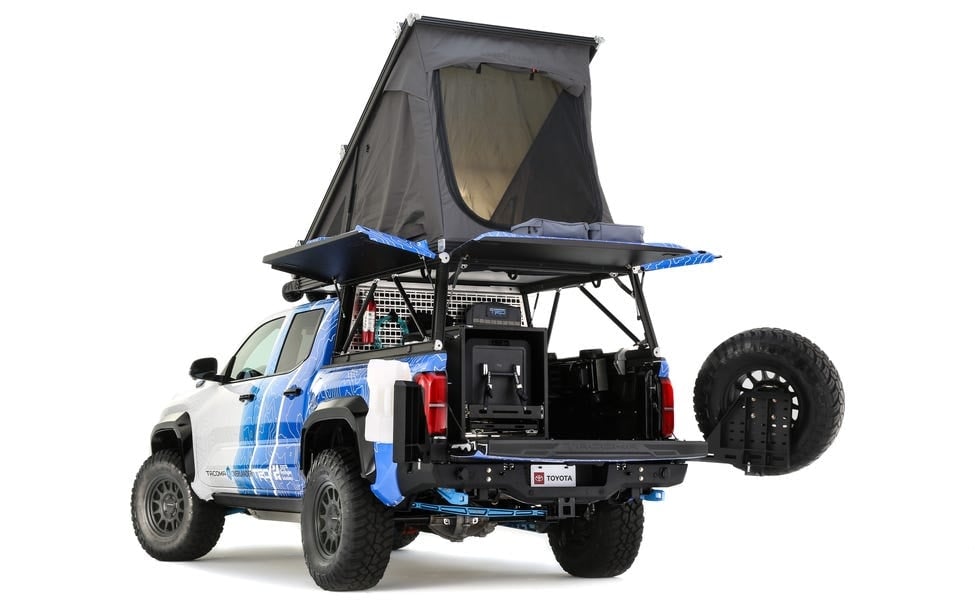
Off-road optimized chassis from TRD
To handle the terrain, Toyota has reinforced the chassis and suspension with a TRD billet long-travel kit, using Fox 2.5 Performance Elite Series shock absorbers that TRD inherited from the Tundra's suspension development program. The front brakes are also taken from the Tundra, for increased endurance and braking efficiency under heavy loads. A set of 17-inch Method Race Wheels with 35-inch General Grabber off-road tires increases clearance and grip on complex surfaces.
Outdoor facilities: wastewater recovery and 15 kW power supply
The notable difference is the patent-pending flush water recovery system. Taking advantage of the fact that the only byproduct of a fuel cell is water, this system collects and filters the water produced by the reaction between hydrogen and oxygen for use at the campsite for things like washing dishes or showering. Toyota does not recommend using this water for drinking.
The Tacoma H2-Overlander has a 15 kW power supply to power a campsite or charge two electric vehicles simultaneously via two NEMA 14-50 outlets. This is a practical advantage of the FCEV system in long-term camping situations where power needs for equipment and lighting are constant.
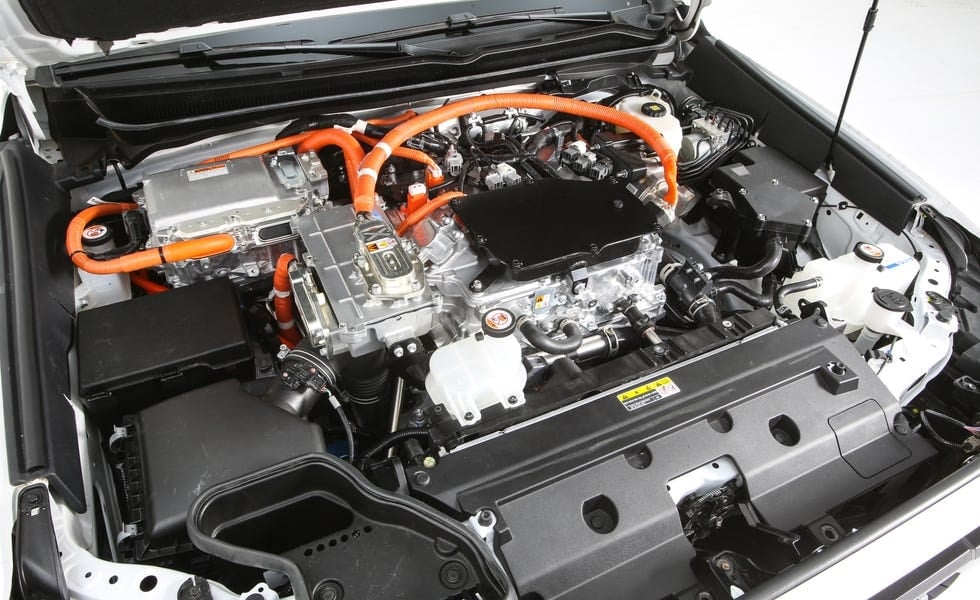
Overlanding layout: multi-purpose cargo compartment
Functionally, the vehicle has been visually upgraded with a storage system mounted on the bed, using recycled carbon fiber panels that open up to reveal a full set of camping essentials, including a grill and refrigerator. The bed has recovery boards and a tent mounted on top. Heavy-duty front and rear bumpers with integrated tow hooks, a front winch, and auxiliary lighting around the vehicle, a light bar in the front bumper, and seven round lights on the roof help illuminate the work area at night.

Hydrogen strategy: steadfast and expansive
Toyota is one of the few remaining committed to fuel cell powertrains. The Mirai is still on sale in California, while the company is developing a new generation of FCEVs that are expected to be 20% more efficient and will be available in the next generation Corolla, alongside pure gas, hybrid, and electric configurations. The Tacoma H2-Overlander’s appearance at SEMA serves as a technical demonstration of the potential of FCEVs in off-road pickups.
There’s no word yet on whether the FCEV system will be offered on the current Tacoma, but while recent announcements have focused on heavy-duty trucks and Corollas, this concept shows the potential of the pickup platform for future hydrogen technology.
Main parameters summary table
| Category | Information |
|---|---|
| Foundation | TNGA-F, developed by TRD |
| Transmission system | Second-generation hydrogen fuel cell FCEV from Toyota Mirai |
| Hydrogen tank | 3 cylinders, total capacity 6 kg (placed in the chassis) |
| Auxiliary battery | Lithium-ion 24.9 kWh |
| Electric motor | Front 301 hp; rear 252 hp; total 547 hp |
| Power transmission | Front limited-slip differential; electronically locking rear differential |
| Cooling | Customize, combine Tacoma TRD Pro and Lexus RZ components |
| Suspension system | TRD billet long-travel; Fox 2.5 Performance Elite Series shock absorbers |
| Brake | Front brakes from a Toyota Tundra |
| Rims and tires | 17 inch Method Race Wheels; General Grabber 35 inch tire |
| Outdoor amenities | Drainage recovery; refrigerator and grill in the trunk; winch; tow hook |
| External power source | 15 kW; two NEMA 14-50 outlets; can charge two EVs simultaneously |
| Illumination | Front light bar; seven round lights on the roof; auxiliary lights around the car |
Conclude
The Tacoma H2-Overlander Concept shows how Toyota could package and operate the Mirai FCEV system on an off-road pickup truck chassis, emphasizing the practicality of its 15kW power source and wastewater recovery system. TRD chassis upgrades make it a remarkable off-road exploration platform. There’s no sign of it being commercialized on the current Tacoma, but the concept reinforces Toyota’s hydrogen focus and opens the door to broader applications for fuel cell technology in the future.
Source: https://baonghean.vn/toyota-tacoma-h2-overlander-concept-ban-tai-hydro-tai-sema-10310193.html








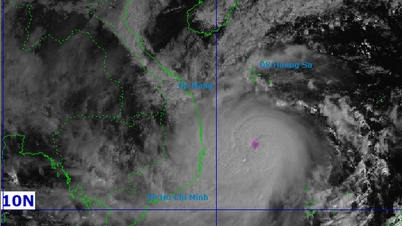

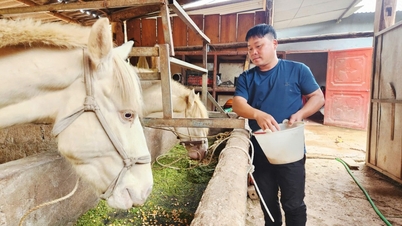















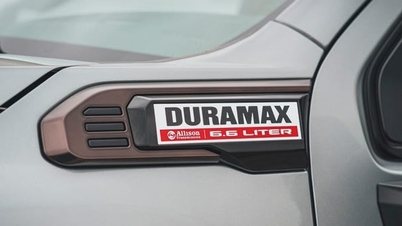
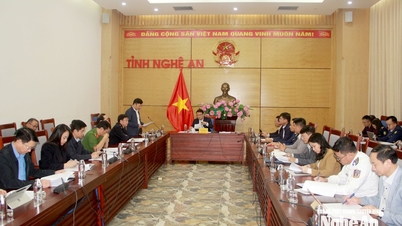
![[Photo] Opening of the 14th Conference of the 13th Party Central Committee](https://vphoto.vietnam.vn/thumb/1200x675/vietnam/resource/IMAGE/2025/11/05/1762310995216_a5-bnd-5742-5255-jpg.webp)



























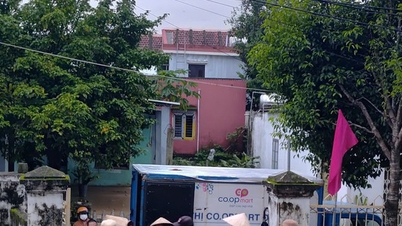

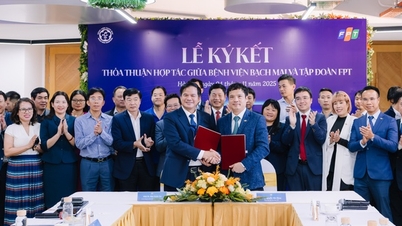









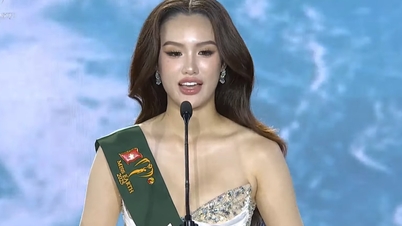



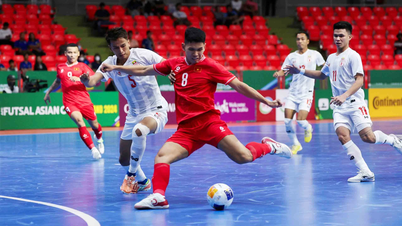













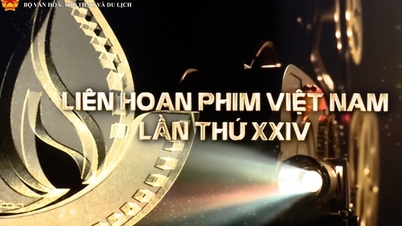
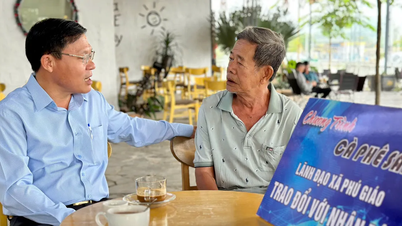




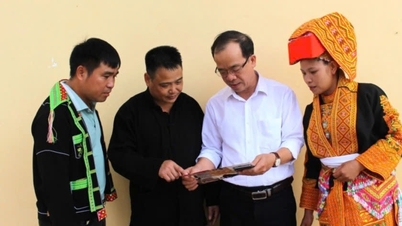



















Comment (0)